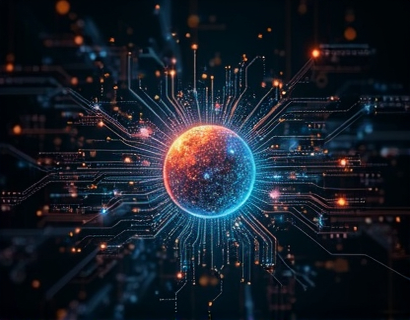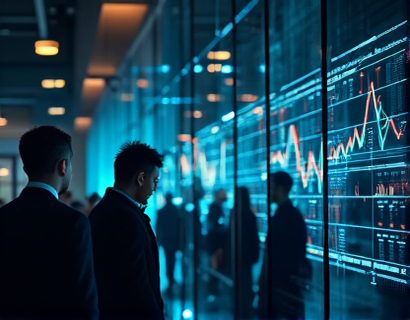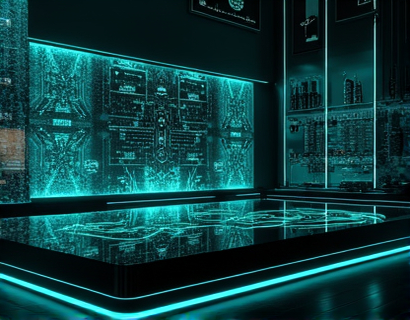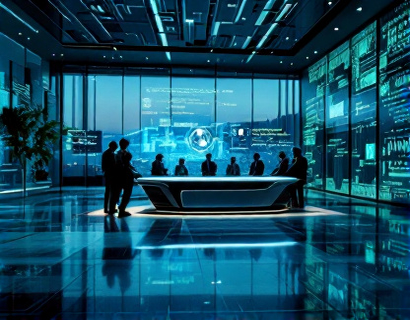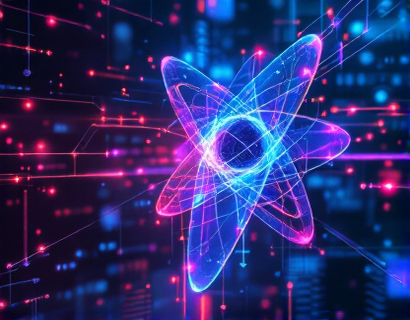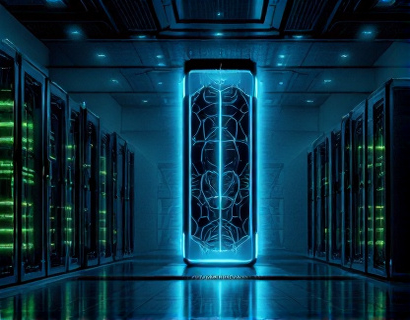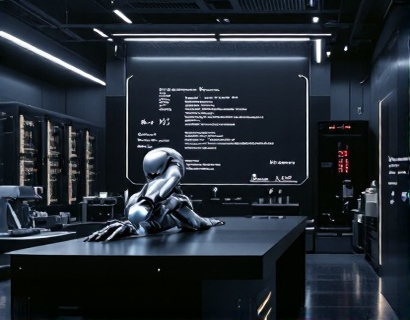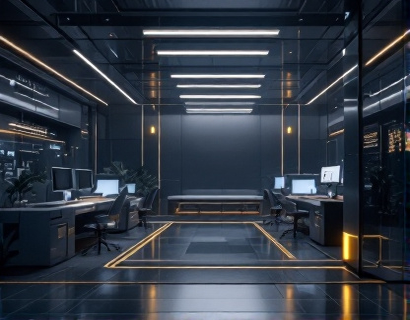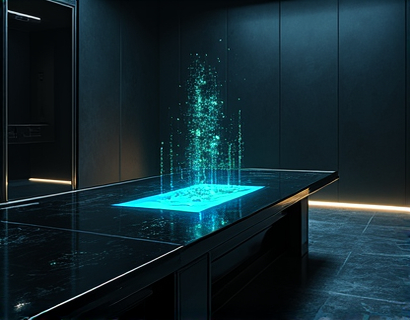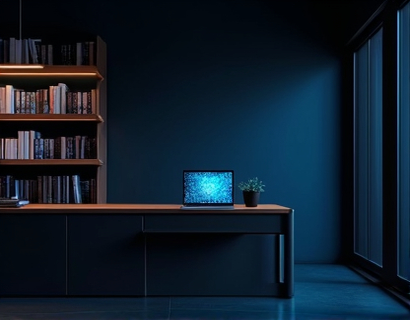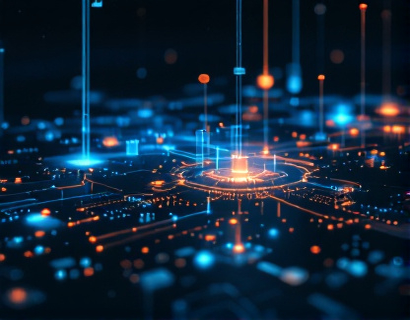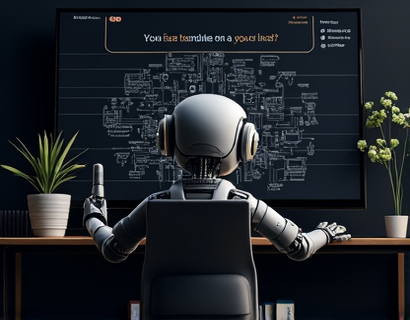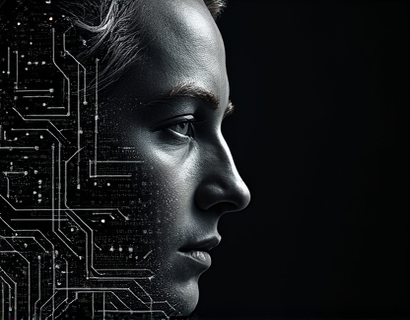Maximizing Event Success with Advanced Lighting and Sound Hardware Solutions
In the world of event planning and production management, the integration of advanced lighting and sound hardware solutions plays a pivotal role in elevating the overall audio-visual experience. The ability to seamlessly control and manage these systems is crucial for creating an engaging and memorable event. This article delves into the importance of utilizing state-of-the-art hardware management software to streamline and enhance the control over lighting and sound systems, ensuring unparalleled reliability and ease of use for event planners and production managers.
The foundation of any successful event lies in the meticulous planning and execution of its audio-visual components. Lighting and sound are two of the most critical elements that can make or break the atmosphere of an event. Advanced hardware solutions, when combined with sophisticated management software, provide a robust framework for achieving optimal performance and consistency. These tools enable event professionals to effortlessly manage complex setups, adapt to changing conditions, and focus on the creative aspects of their work.
Understanding the Importance of Lighting and Sound Integration
Lighting and sound systems are not just technical necessities; they are powerful tools for storytelling and emotional engagement. Properly integrated, these systems can transform a space, enhance the mood, and guide the audience's experience. However, achieving this level of integration requires more than just installing equipment. It demands a cohesive approach to hardware management, where every device works in harmony to deliver a flawless performance.
The complexity of modern lighting and sound systems can be daunting. With numerous devices, each with its own set of controls and parameters, managing these systems manually can be time-consuming and error-prone. This is where advanced hardware management software comes into play, offering a centralized platform to control and monitor all aspects of the audio-visual setup.
Key Features of Advanced Hardware Management Software
Advanced hardware management software is designed to simplify the process of controlling and coordinating lighting and sound systems. These solutions offer a range of features that cater to the needs of event planners and production managers, ensuring a seamless and efficient experience.
One of the primary benefits is the centralized control interface. This interface provides a user-friendly environment where all devices can be managed from a single point. Event professionals can adjust settings, create scenes, and monitor the status of each component in real-time, reducing the risk of errors and improving response times to any issues that may arise.
Another crucial feature is the automation capabilities. Advanced software allows for the creation of custom scenes and transitions, which can be triggered by specific events or timers. This automation not only saves time but also ensures consistency across multiple shows or sessions. For instance, a pre-set scene for a keynote speech can be instantly deployed, adjusting lighting and sound to the perfect settings without manual intervention.
Enhancing Reliability and Consistency
Reliability is paramount in event production. Advanced hardware management software significantly enhances the reliability of lighting and sound systems by providing robust error detection and correction tools. These tools can identify and alert users to potential issues before they become critical, allowing for proactive maintenance and minimizing downtime.
Consistency is equally important, especially for events that involve multiple performances or shifts. The software ensures that the same settings and configurations are applied every time, maintaining a uniform experience for the audience. This is particularly valuable for touring acts or large-scale events with repeated shows.
Streamlining Workflows for Event Professionals
The true power of advanced hardware management software lies in its ability to streamline workflows. By automating routine tasks and providing a centralized control point, event planners and production managers can focus more on the creative aspects of their work. This shift in focus not only improves efficiency but also enhances the overall quality of the event.
For example, during setup, the software can guide users through a step-by-step process, ensuring that all devices are correctly connected and configured. This reduces the learning curve for new team members and allows experienced professionals to work more efficiently. During the event, the real-time monitoring and control capabilities enable quick adjustments, ensuring that the audio-visual experience remains top-notch throughout.
Customization and Flexibility
Every event is unique, and advanced hardware management software recognizes this by offering high levels of customization and flexibility. Users can tailor the software to fit the specific needs of their event, whether it's a corporate conference, a music festival, or a wedding. Customizable presets and scenes allow for a personalized experience that aligns with the event's theme and objectives.
Moreover, the software can be integrated with various devices and systems, supporting a wide range of brands and technologies. This interoperability ensures that event professionals can work with their preferred equipment without compromising on functionality or performance.
Case Studies and Real-World Applications
To better understand the impact of advanced hardware management software, let's explore a few real-world applications. At a large-scale music festival, the production team used a centralized software platform to manage hundreds of lighting and sound devices. The centralized interface allowed them to create complex scenes with precise timing and coordination, ensuring a seamless transition between acts. The automation features saved valuable time during setup, and the real-time monitoring tools helped maintain optimal performance throughout the event.
In a corporate conference setting, the same software was used to create a professional and engaging atmosphere. The event planners utilized custom scenes to adjust lighting and sound for different sessions, from lively presentations to quiet networking breaks. The ability to quickly switch between scenes ensured that the audience remained engaged and focused, regardless of the session type.
Future Trends and Innovations
The field of lighting and sound hardware management is continually evolving, with new technologies and innovations on the horizon. One promising area is the integration of artificial intelligence (AI) and machine learning (ML) into hardware management software. AI can analyze usage patterns and optimize settings based on historical data, further enhancing efficiency and performance.
Another trend is the increasing adoption of wireless and battery-powered devices, which offer greater flexibility and ease of use. Advanced software solutions are adapting to support these devices, ensuring that the benefits of wireless technology are fully leveraged without compromising on reliability.
Conclusion
In conclusion, advanced lighting and sound hardware management software is an indispensable tool for event planners and production managers aiming to deliver exceptional audio-visual experiences. By streamlining workflows, enhancing reliability, and providing unparalleled control, these solutions enable professionals to focus on what they do best—creating memorable events. As technology continues to advance, the potential for innovation in this space is vast, promising even more exciting developments in the future.



